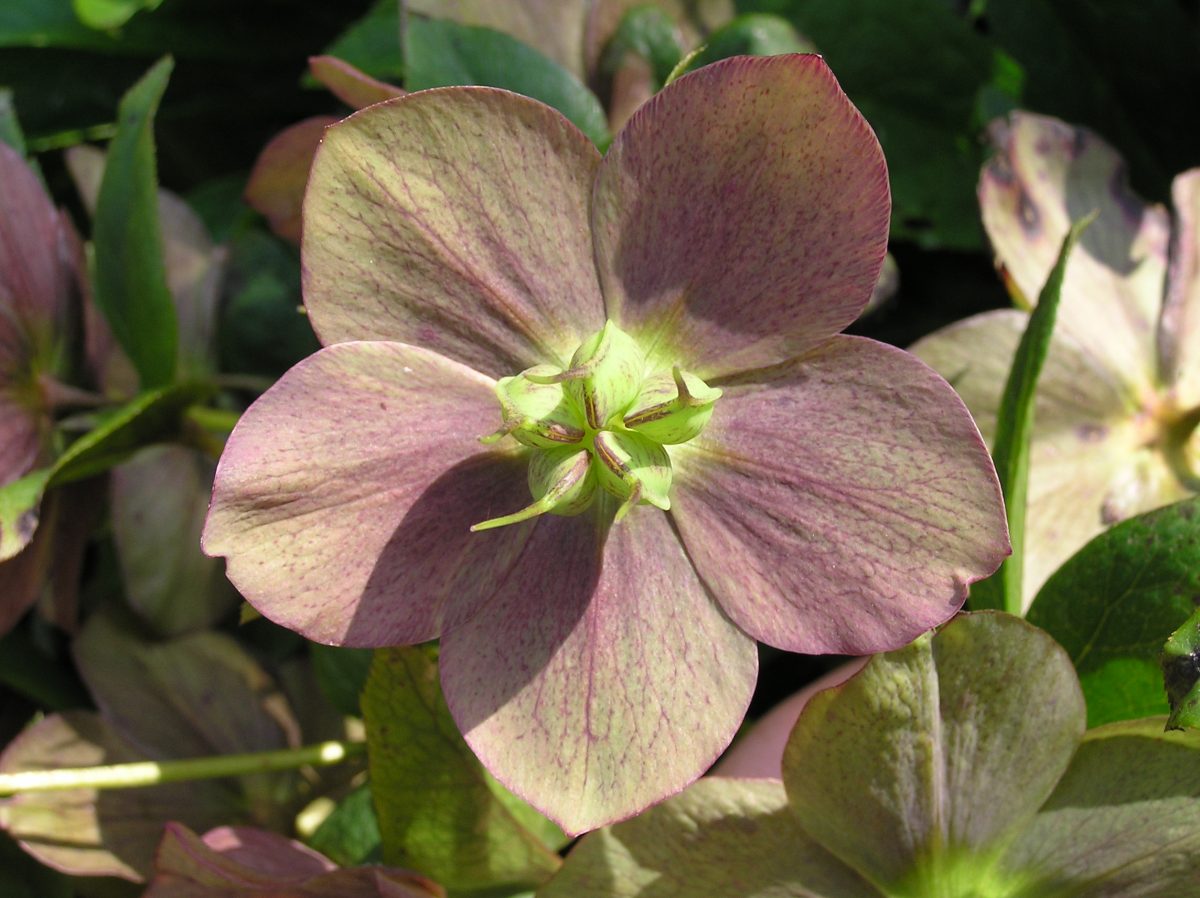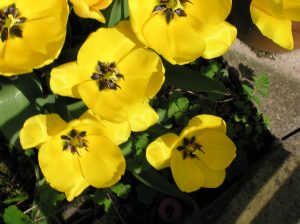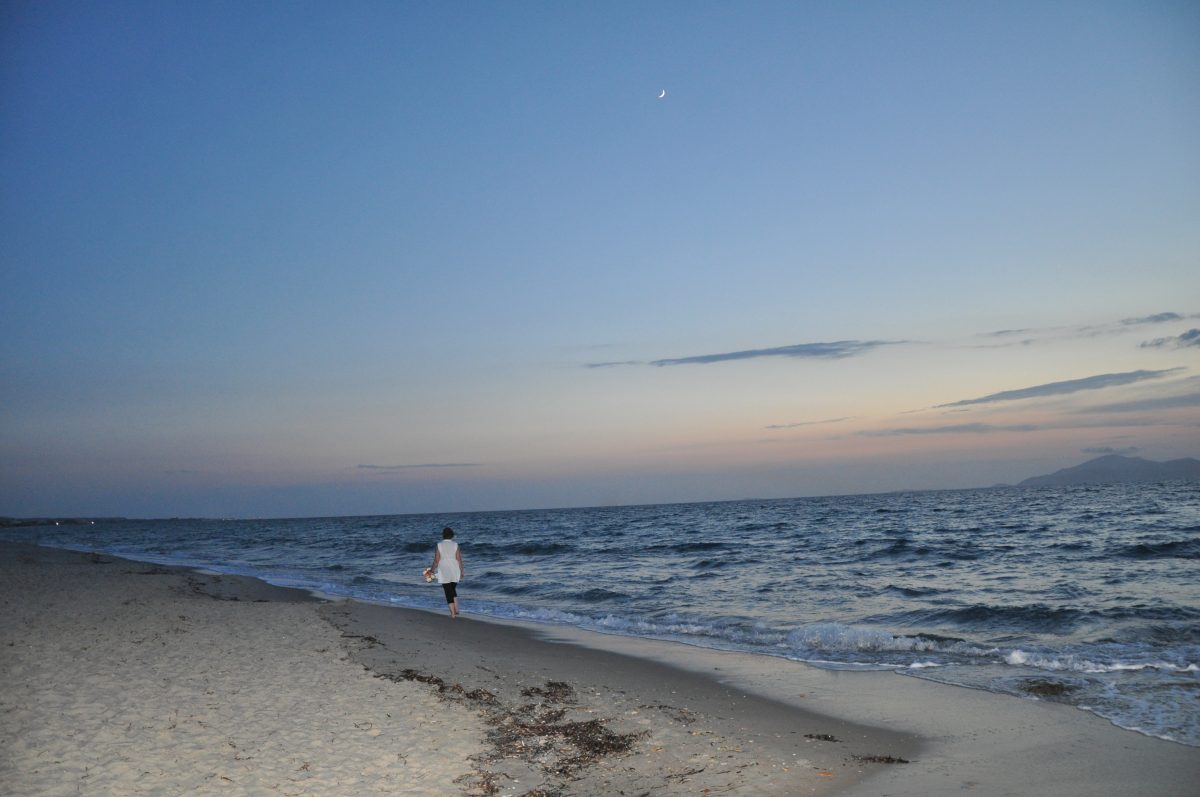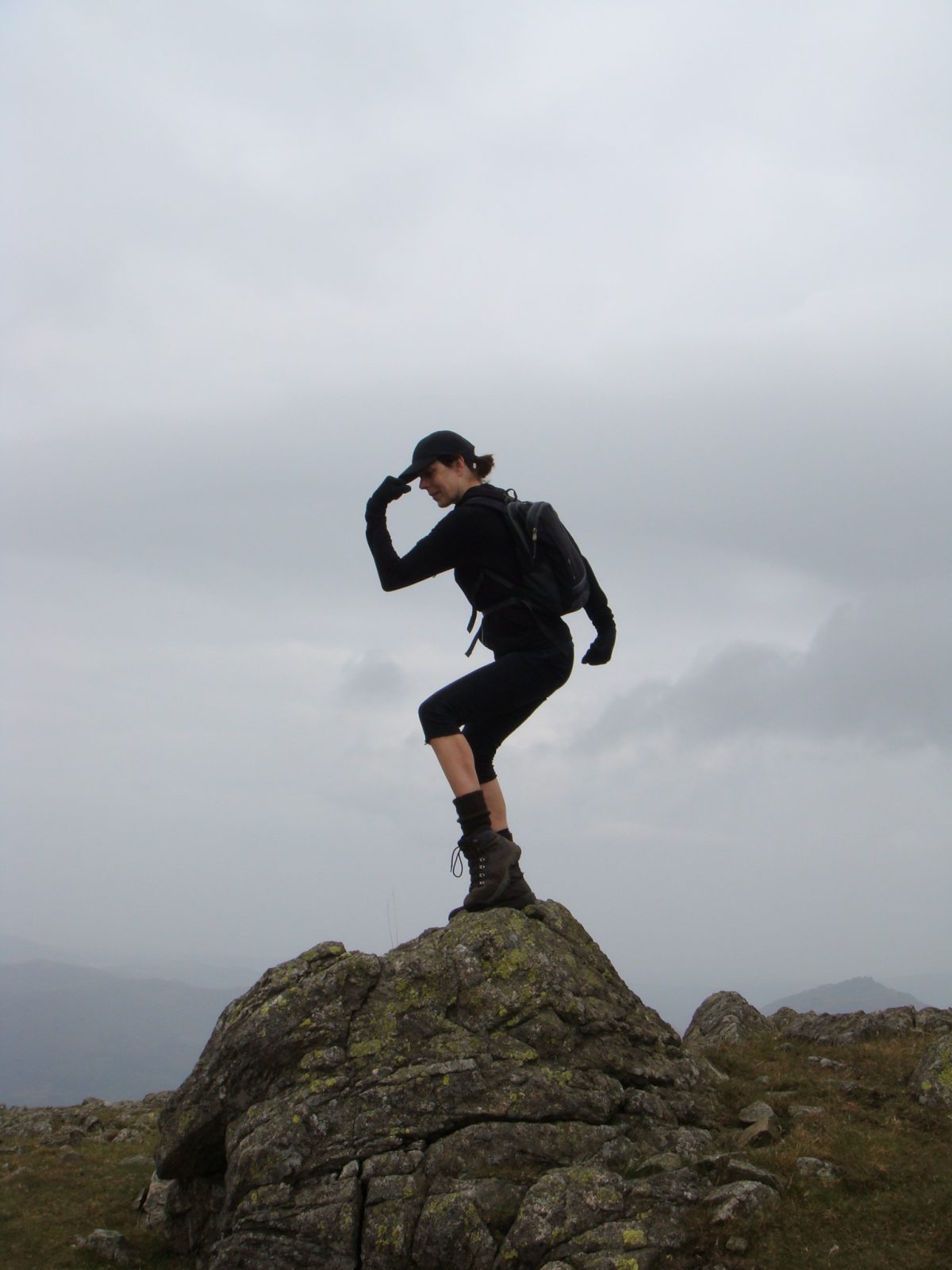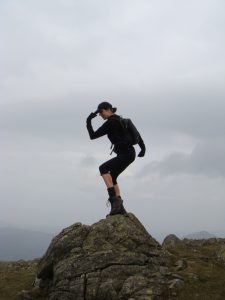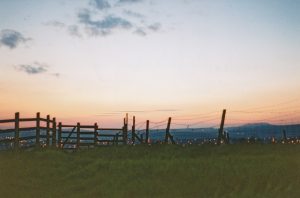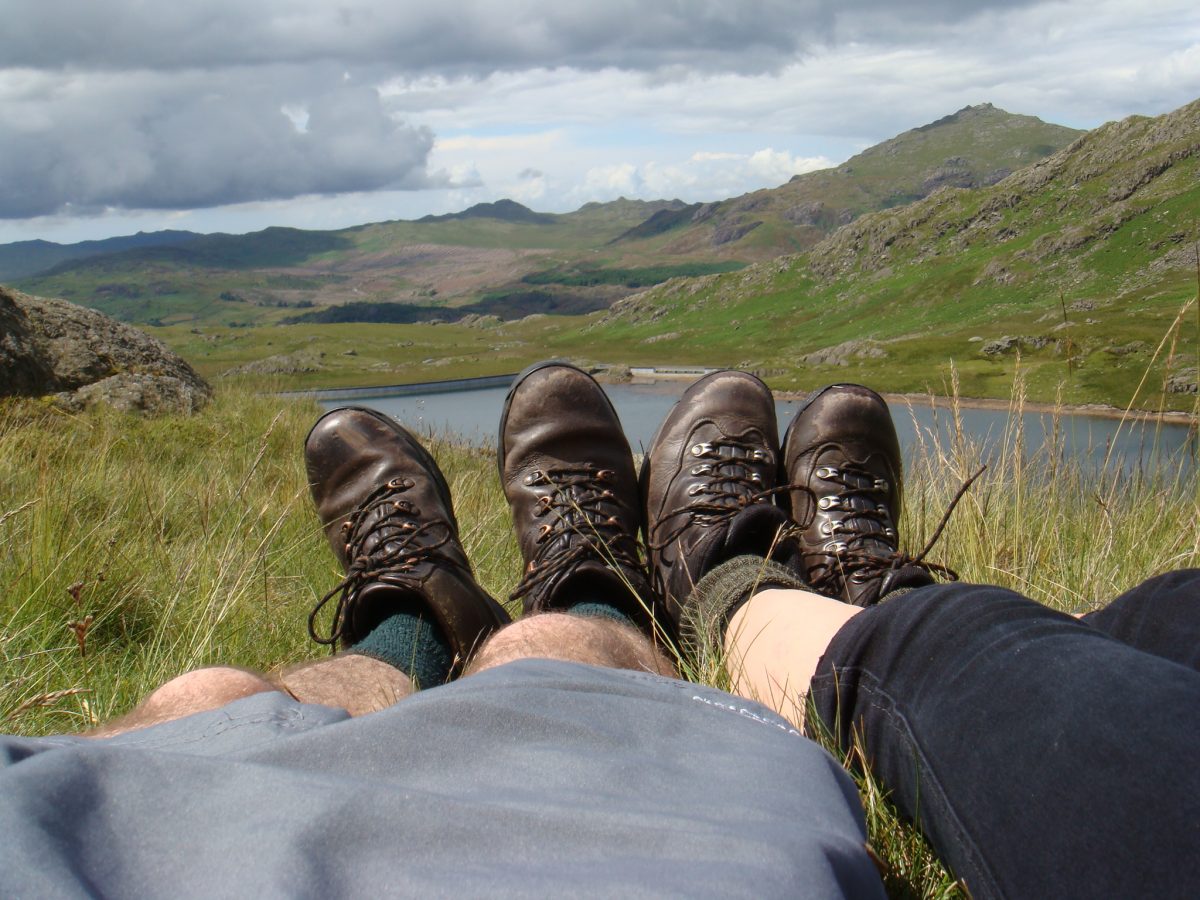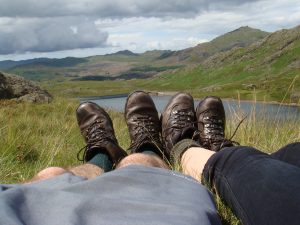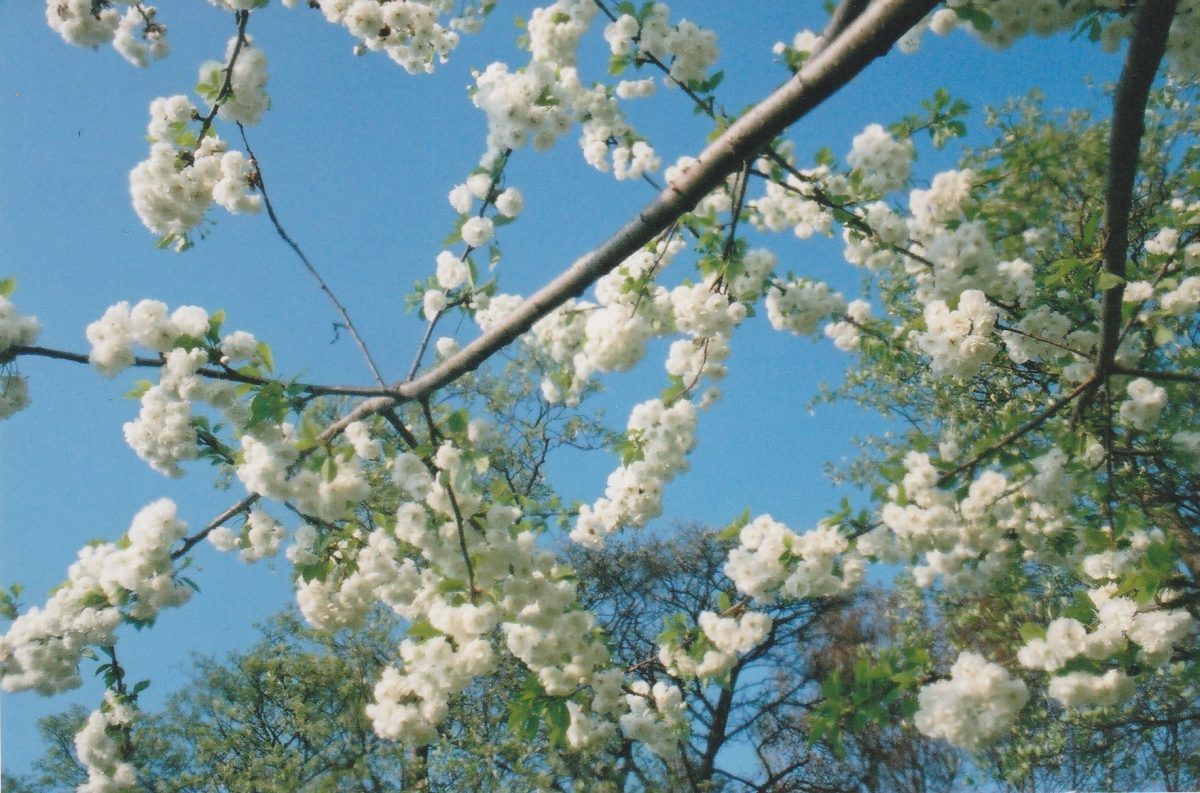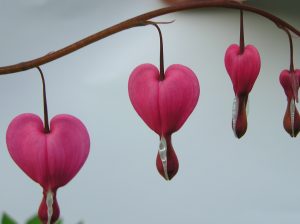 I like to think I’m a resilient individual. Coping with life, working hard – but doing the things I enjoy, getting on with my daily tasks without much of a thought, automatically going through the motions without too much challenge.
I like to think I’m a resilient individual. Coping with life, working hard – but doing the things I enjoy, getting on with my daily tasks without much of a thought, automatically going through the motions without too much challenge.
It’s only now and then I stop to think how lucky I am. I move with ease, I speak and people understand me, I listen to music and the many sounds around me, I jump in my car and zip off to anywhere I wish.
In themselves, these tasks serve a purpose. They fill my days, allow me to choose how to live my life. But what’s the real purpose? Certainly some of this is pure selfish satisfaction for my own pleasure.
If I venture a little deeper into myself I realise the superficial flitting about and being busy is more the sugar coating on the underlying substance of why I am who I am, and how I have come to be in the place I exist – materially and spiritually.
I could remove the belongings and pretty stuff from my home – It would still be home (maybe not as colourful). I could take the car out of the equation – I would still be able to get around (maybe with a little inconvenience). I could take the family and friends out of my life…… I would be lost in a world of despair!!!
I’ve come to realise that it’s the love and companionship of those close to us that contributes so massively to who we are and gives us purpose and reason for being in this world. Those we care for and those who care for us. That makes me feel like the luckiest person alive. Even when the foundations are rocked and the doubt and anger creep in when we feel we have been unjustly treated, it’s the loved ones around us who help us to pull ourselves together, and the strength from within that puts us back on an even keel.
All of that coupled with that delicious and most worthwhile time spent on the yoga mat. Looking inward, asking questions of ourselves and listening to the genuine responses of the mind and body.
The knowledge of having someone who loves us gives us confidence and reassurance. When they can’t be around us, it’s the love we have for ourselves that keeps us safe and secure. It seems the latter is harder to achieve.
Love and acceptance for ourselves can be just as vital and is just as important as the love we give to others and receive back. It allows us the freedom to be who we are without judgement or recrimination………THE SIMPLICITY OF BEING LOVED!
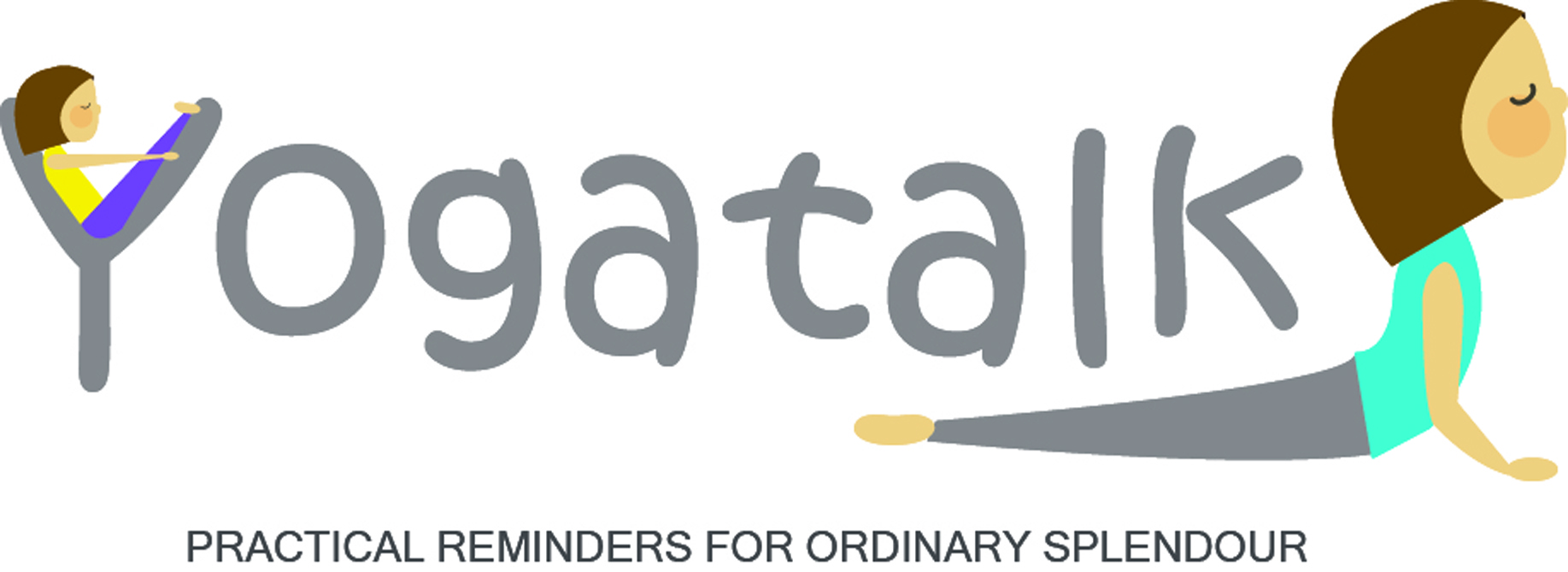
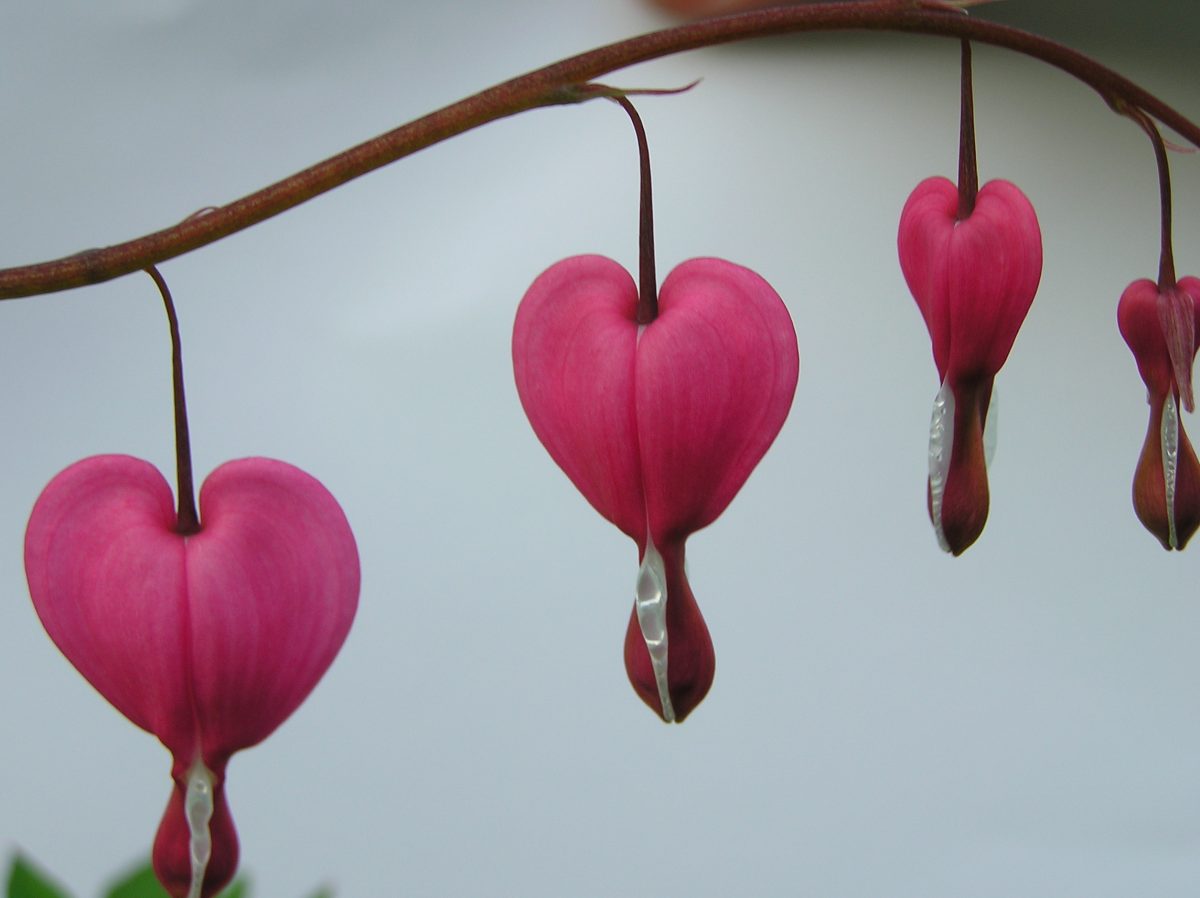
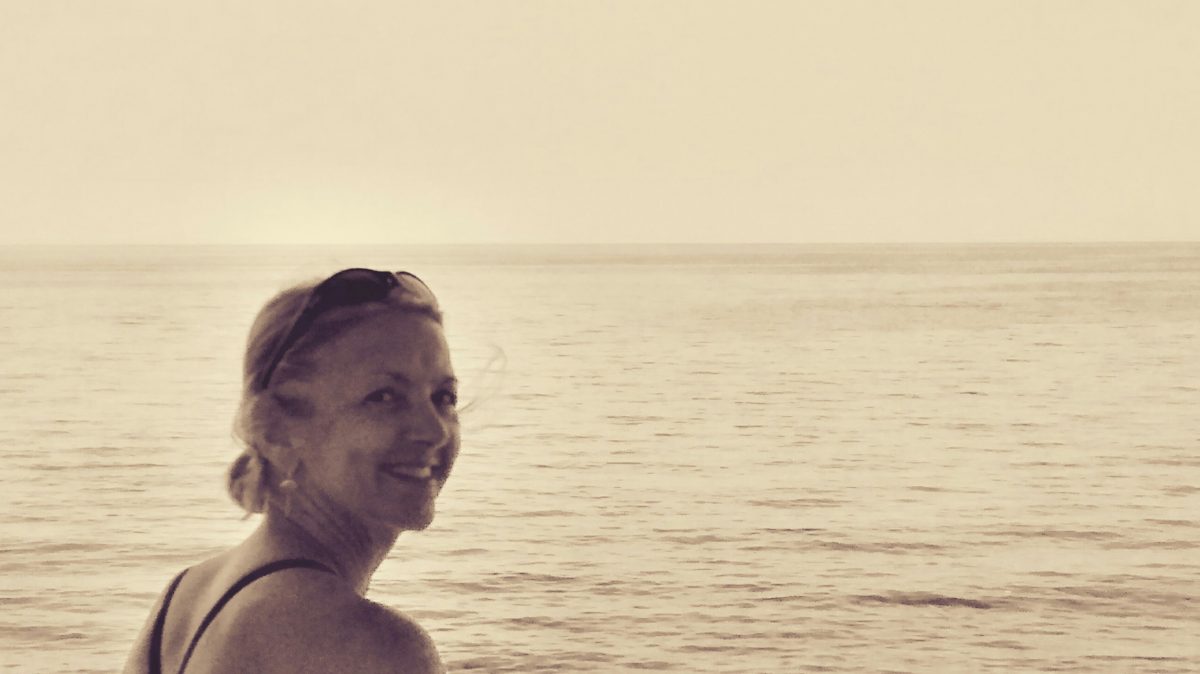
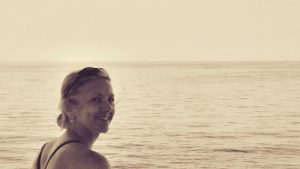 Everything I do these days seems to involve doing it better, making it bigger, finishing it faster! Everyday turning into a race to the finish line. I’ve even started to compete with myself. I do something, then beat myself up for not doing it sooner / better / quicker.
Everything I do these days seems to involve doing it better, making it bigger, finishing it faster! Everyday turning into a race to the finish line. I’ve even started to compete with myself. I do something, then beat myself up for not doing it sooner / better / quicker.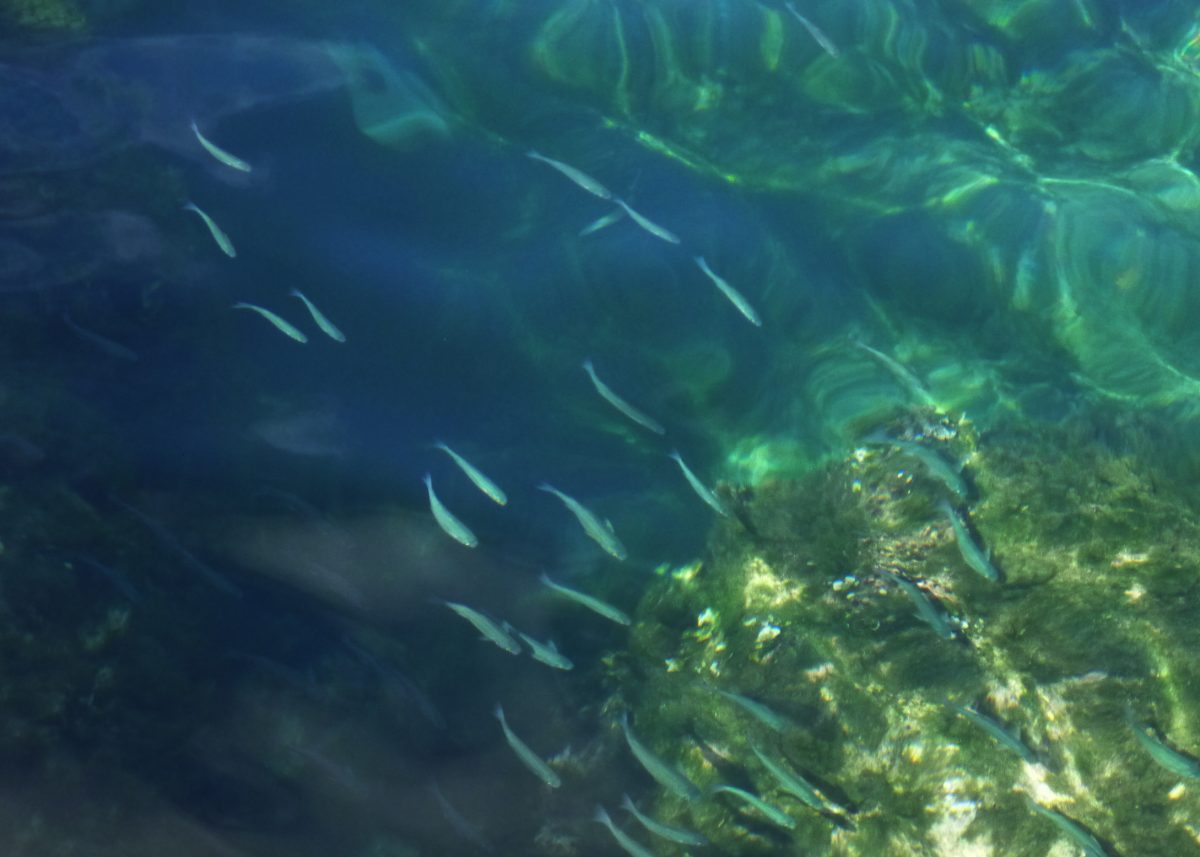
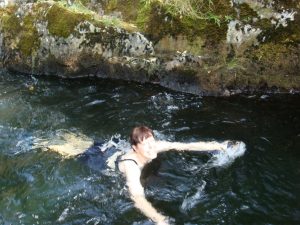
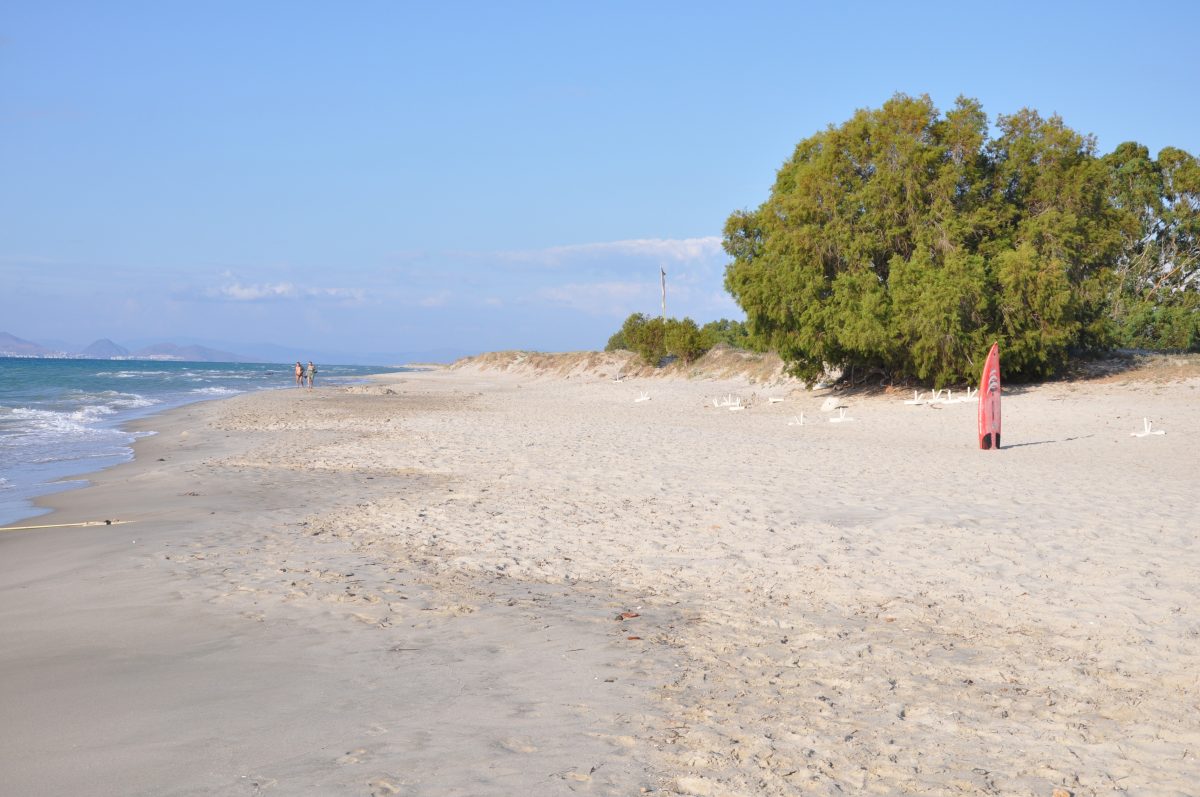



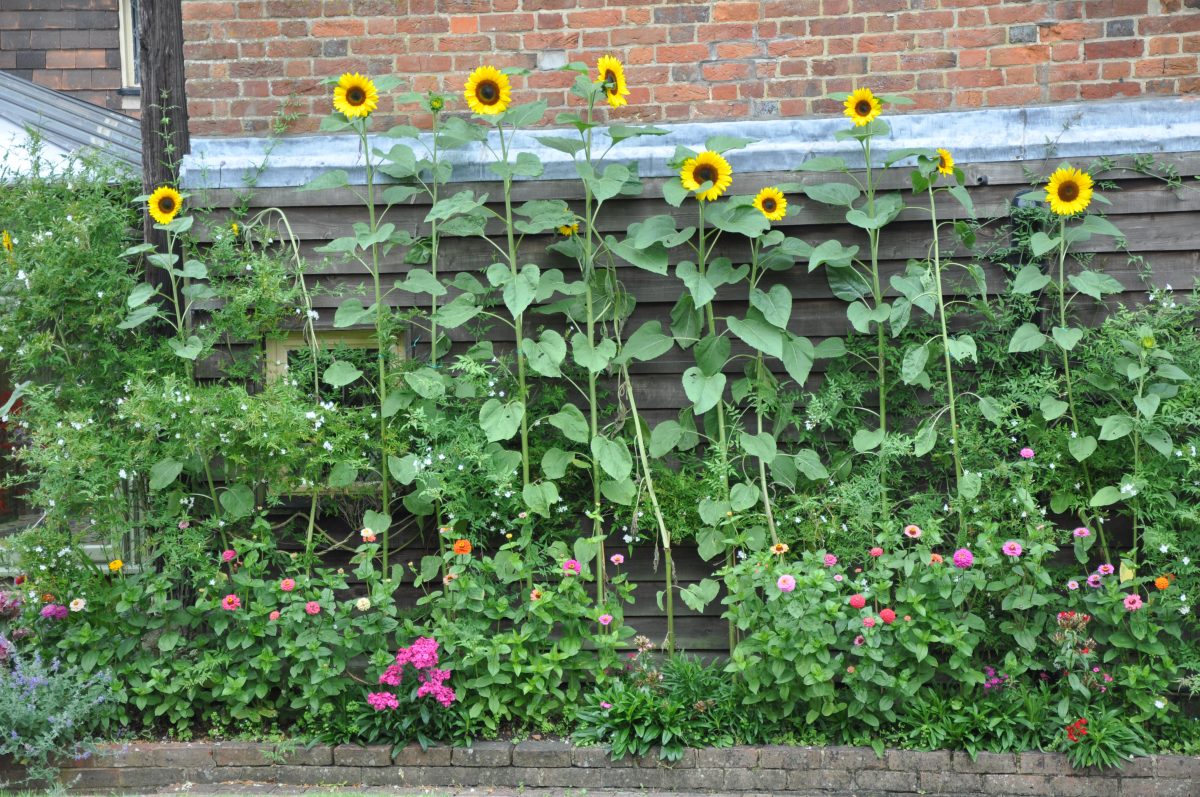
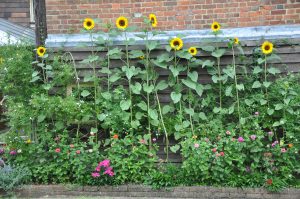
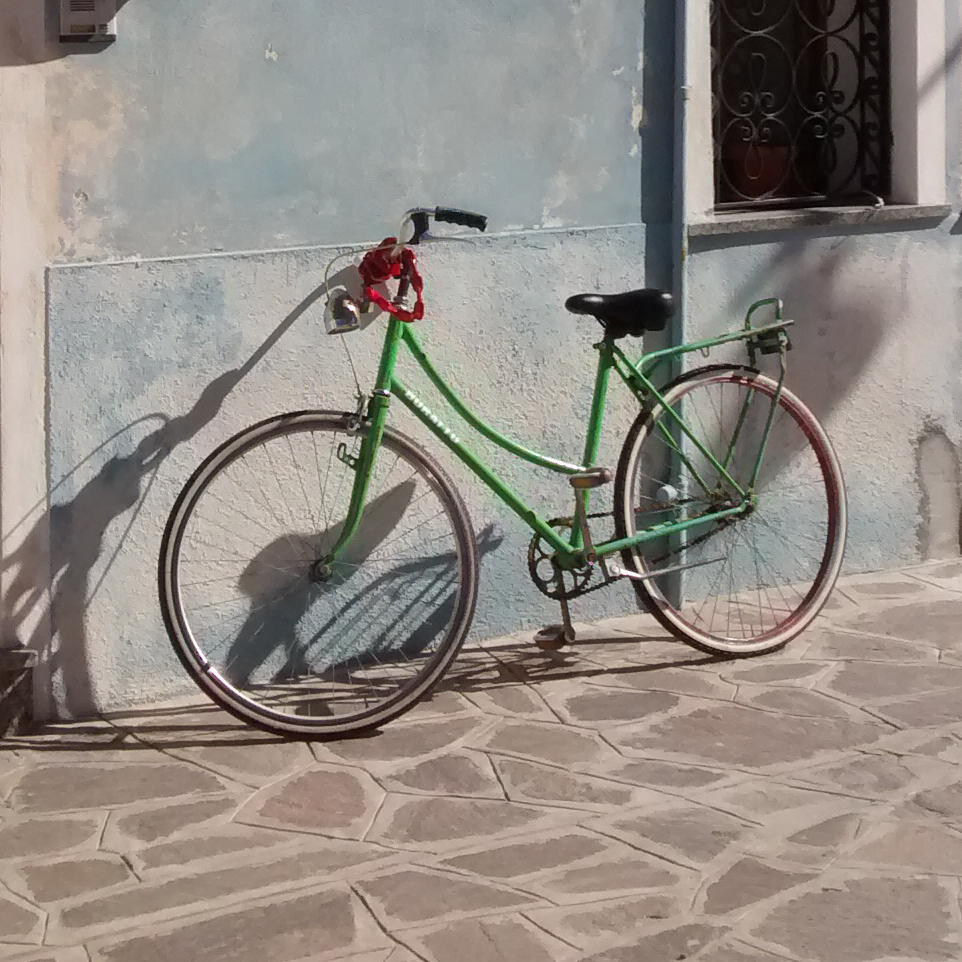
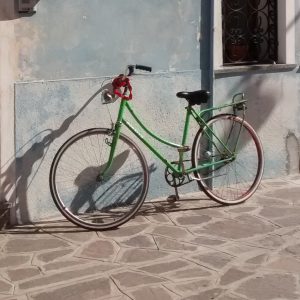



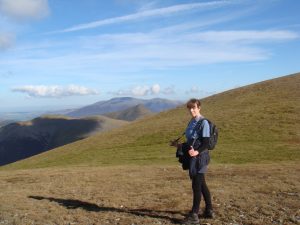
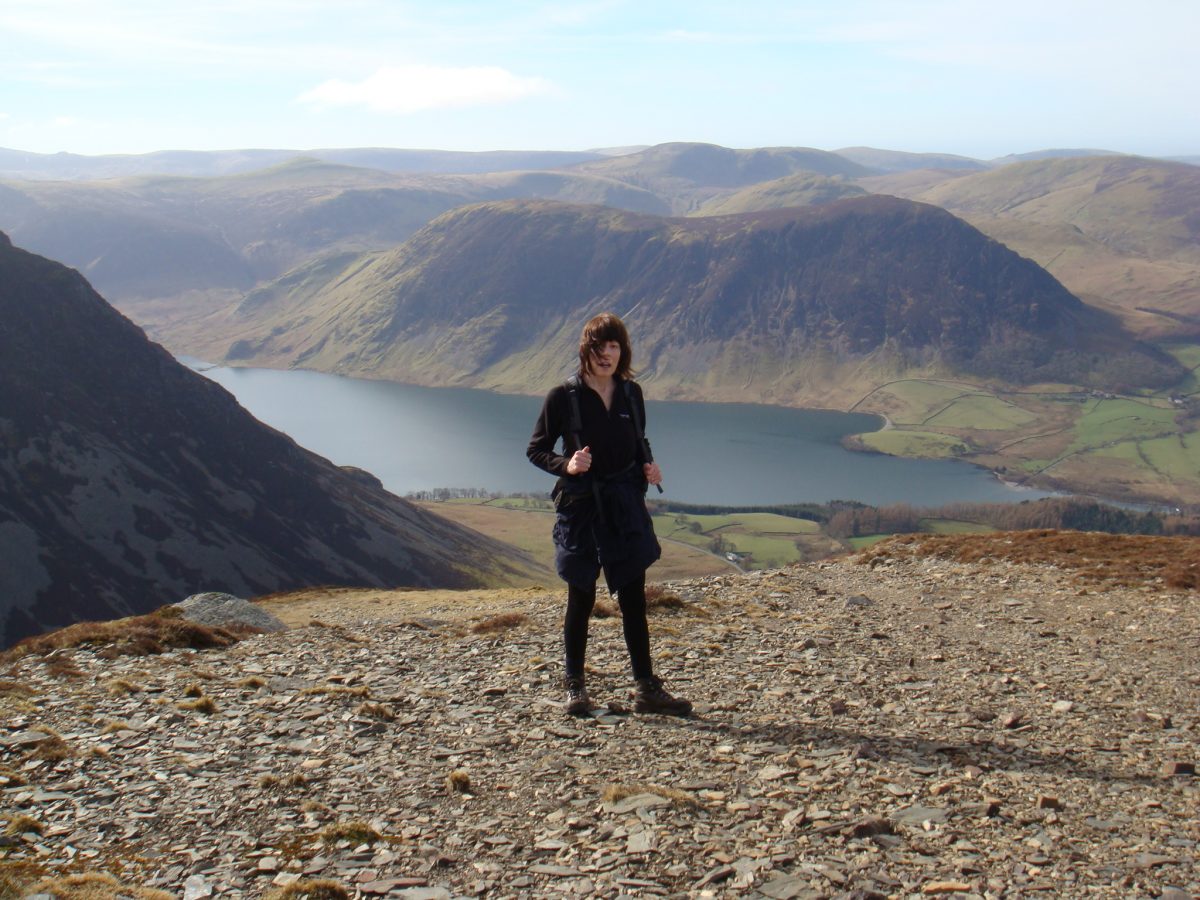
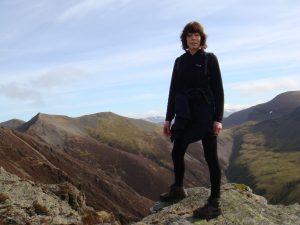


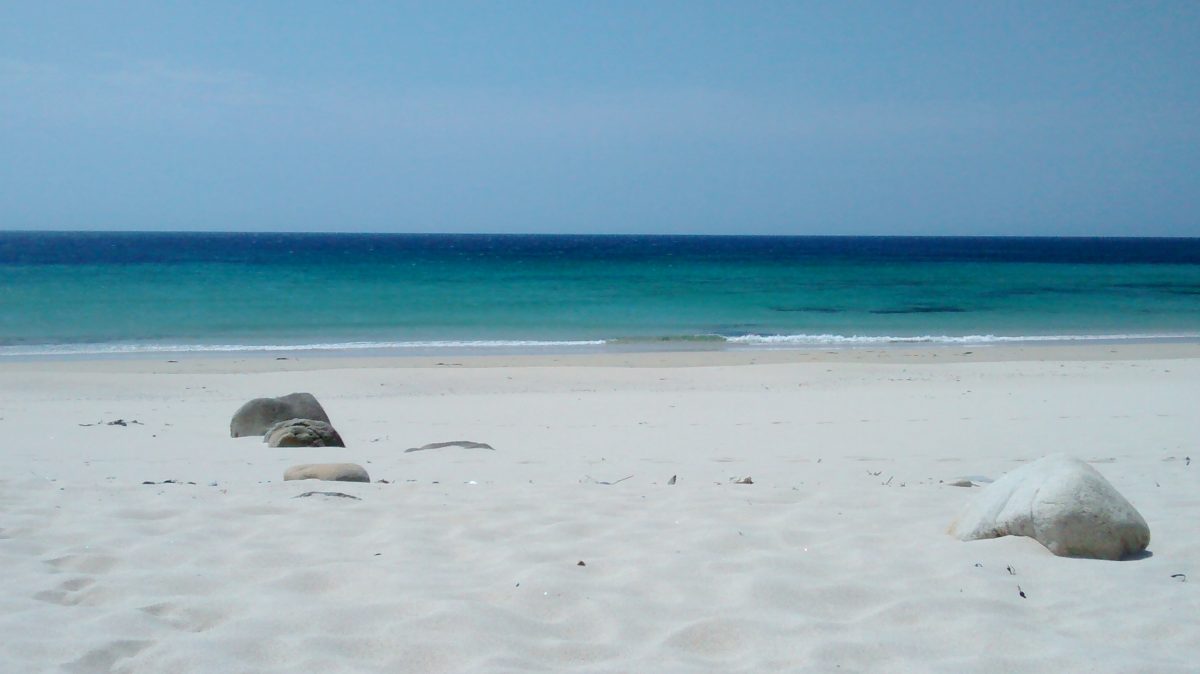
 This is also a podcast. (To listen, click on the arrow above). Read it through a few times imagining you are at rest – it will help the suggestions soak in.
This is also a podcast. (To listen, click on the arrow above). Read it through a few times imagining you are at rest – it will help the suggestions soak in.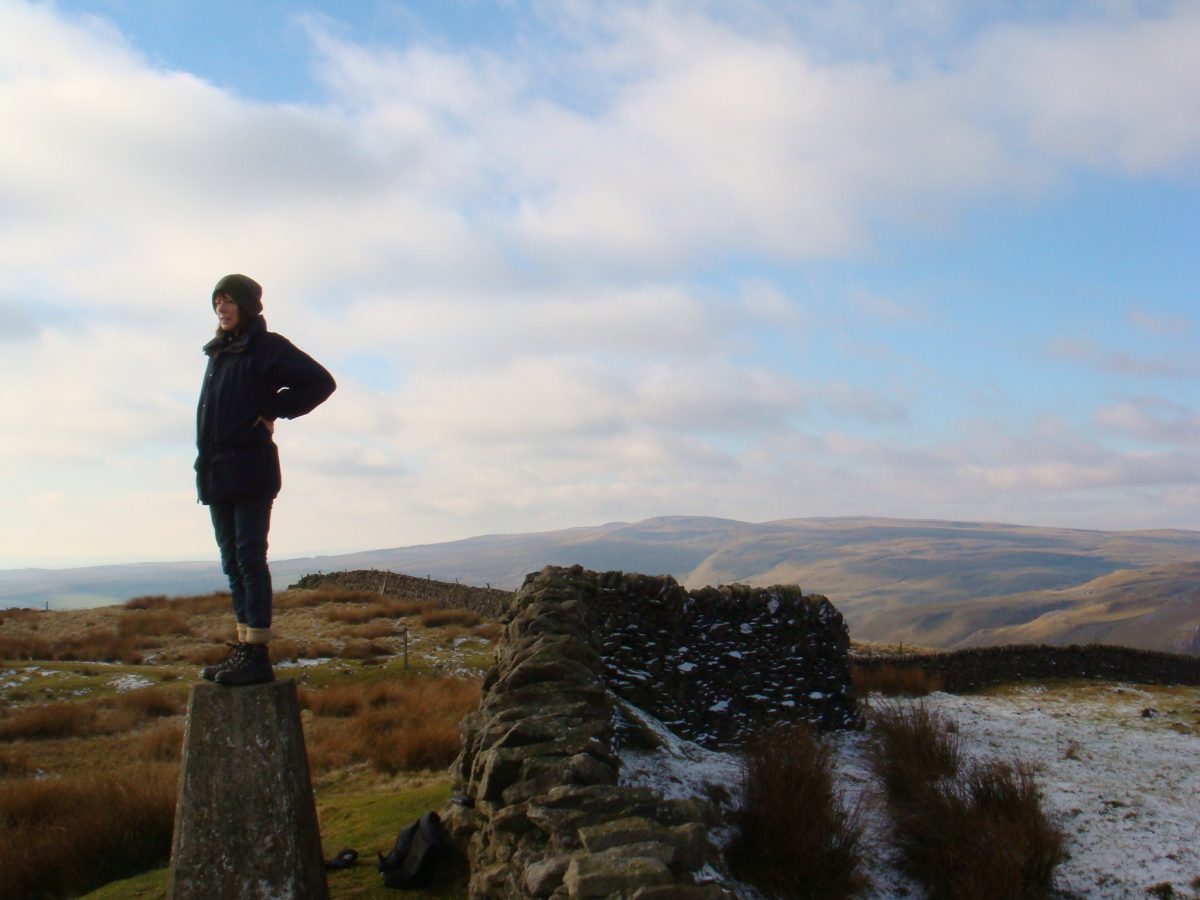
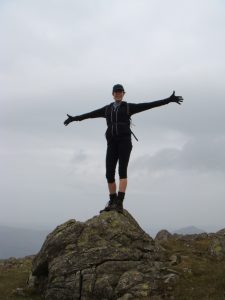 We can occasionally find opportunity to do nothing but stand empty-handed.
We can occasionally find opportunity to do nothing but stand empty-handed.